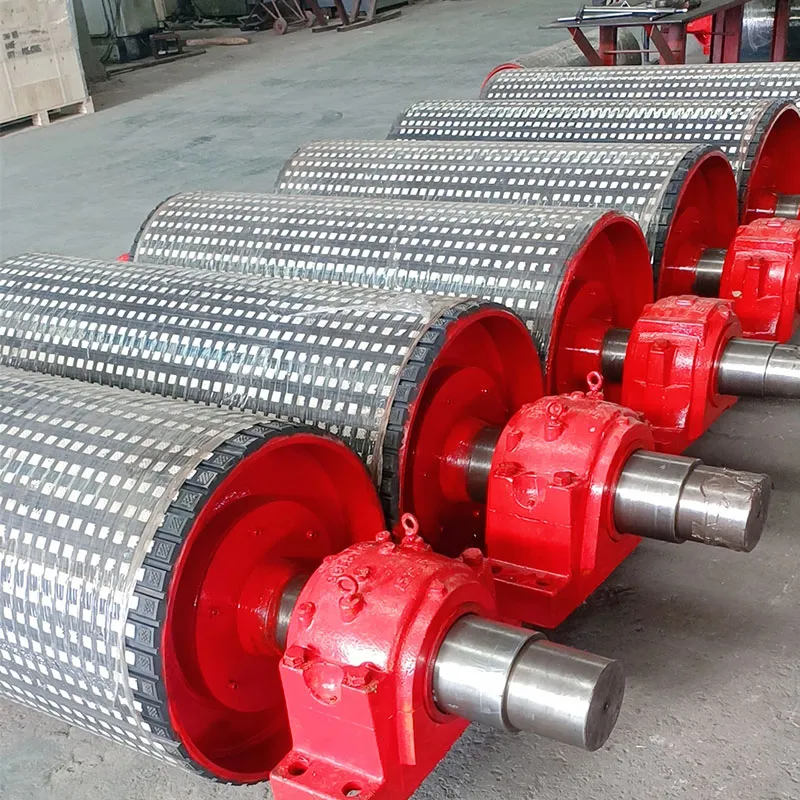 Afrikaans
Afrikaans  Albanian
Albanian  Amharic
Amharic  Arabic
Arabic  Armenian
Armenian  Azerbaijani
Azerbaijani  Basque
Basque  Belarusian
Belarusian  Bengali
Bengali  Bosnian
Bosnian  Bulgarian
Bulgarian  Catalan
Catalan  Cebuano
Cebuano  Corsican
Corsican  Croatian
Croatian  Czech
Czech  Danish
Danish  Dutch
Dutch  English
English  Esperanto
Esperanto  Estonian
Estonian  Finnish
Finnish  French
French  Frisian
Frisian  Galician
Galician  Georgian
Georgian  German
German  Greek
Greek  Gujarati
Gujarati  Haitian Creole
Haitian Creole  hausa
hausa  hawaiian
hawaiian  Hebrew
Hebrew  Hindi
Hindi  Miao
Miao  Hungarian
Hungarian  Icelandic
Icelandic  igbo
igbo  Indonesian
Indonesian  irish
irish  Italian
Italian  Japanese
Japanese  Javanese
Javanese  Kannada
Kannada  kazakh
kazakh  Khmer
Khmer  Rwandese
Rwandese  Korean
Korean  Kurdish
Kurdish  Kyrgyz
Kyrgyz  Lao
Lao  Latin
Latin  Latvian
Latvian  Lithuanian
Lithuanian  Luxembourgish
Luxembourgish  Macedonian
Macedonian  Malgashi
Malgashi  Malay
Malay  Malayalam
Malayalam  Maltese
Maltese  Maori
Maori  Marathi
Marathi  Mongolian
Mongolian  Myanmar
Myanmar  Nepali
Nepali  Norwegian
Norwegian  Norwegian
Norwegian  Occitan
Occitan  Pashto
Pashto  Persian
Persian  Polish
Polish  Portuguese
Portuguese  Punjabi
Punjabi  Romanian
Romanian  Russian
Russian  Samoan
Samoan  Scottish Gaelic
Scottish Gaelic  Serbian
Serbian  Sesotho
Sesotho  Shona
Shona  Sindhi
Sindhi  Sinhala
Sinhala  Slovak
Slovak  Slovenian
Slovenian  Somali
Somali  Spanish
Spanish  Sundanese
Sundanese  Swahili
Swahili  Swedish
Swedish  Tagalog
Tagalog  Tajik
Tajik  Tamil
Tamil  Tatar
Tatar  Telugu
Telugu  Thai
Thai  Turkish
Turkish  Turkmen
Turkmen  Ukrainian
Ukrainian  Urdu
Urdu  Uighur
Uighur  Uzbek
Uzbek  Vietnamese
Vietnamese  Welsh
Welsh  Bantu
Bantu  Yiddish
Yiddish  Yoruba
Yoruba  Zulu
Zulu components of conveyor system
Components of a Conveyor System
Conveyor systems are essential in various industrial applications, designed to transport materials efficiently from one location to another. Understanding the components of these systems is crucial for optimizing their operation and enhancing productivity in manufacturing and logistics. This article will explore the primary components of a conveyor system, highlighting their functions and importance.
1. Conveyor Belts
The conveyor belt is perhaps the most recognizable component of a conveyor system. It serves as the surface that carries items from one point to another. Conveyor belts can be made from various materials, including rubber, plastic, or metal, depending on the type of material being transported and the environment in which the conveyor operates. The choice of belt material impacts durability, traction, and resistance to wear and tear.
2. Drive Unit
The drive unit is the heart of the conveyor system, providing the necessary power to move the belt. It typically consists of an electric motor, gear reducer, and coupling. The drive unit's design and size depend on the conveyor's length, load capacity, and speed requirements. Proper selection and maintenance of the drive unit are essential to ensure smooth and efficient operation.
Idlers and rollers support the conveyor belt along its length, helping it maintain structure and alignment. Idlers are stationary components that support the belt's weight, while rollers are mounted on the drive unit and help facilitate movement. These components reduce friction and convey the materials smoothly, enhancing efficiency.
components of conveyor system

4. Pulley System
Pulleys are crucial in changing the direction of the conveyor belt and maintaining tension. They are typically found at the drive unit and at the end of the conveyor run, where they help redirect the belt back to its starting point. Properly designed pulleys contribute to the longevity of the belt and the overall efficiency of the system.
5. Controls and Sensors
Modern conveyor systems are often equipped with advanced controls and sensors that monitor performance and ensure safety. Control systems automate the operation of the conveyor, adjusting speed or stopping when necessary. Sensors can detect jams, monitor load weight, and track the position of materials, providing real-time data that enhances efficiency and minimizes downtime.
6. Frames and Supports
The frame serves as the structural backbone of the conveyor system. It supports all other components, ensuring stability and alignment. It is typically made from steel or aluminum and can be customized to fit the specific application and environment. Robust frame design is crucial for accommodating heavy loads and ensuring safety.
Conclusion
In summary, the effectiveness of a conveyor system hinges on the seamless integration of its various components, including conveyor belts, drive units, idlers, pulleys, controls, and frames. Understanding each component's role is vital for maintaining optimal performance, ensuring safety, and achieving high productivity levels in industrial environments. As industries continue to evolve, advancements in conveyor system technology will play an increasingly significant role in shaping efficient manufacturing and logistics processes.
-
Trusted Conveyor Solutions from Leading Conveyor Idler Roller ManufacturersNewsJun.27,2025
-
Reliable Return Idler Solutions for Efficient Belt Conveyor SystemsNewsJun.27,2025
-
Precision Conveyor Accessories for Streamlined Material HandlingNewsJun.27,2025
-
High-Quality Belt Conveyor Idler Solutions for Efficient Material HandlingNewsJun.27,2025
-
High-Performance Belt Conveyor Pulleys for Reliable Material HandlingNewsJun.27,2025
-
Enhancing Material Handling EfficiencyNewsJun.27,2025





























